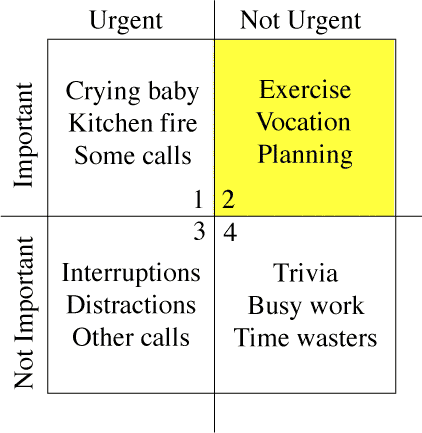We wrote a session brief also for this first effort. As it did not make it into SETAC Globe I post it below in full text - for the sake of completeness of the communication story.
RA08 Escape from the Ivory Tower – Environmental sciences should impact public and policy
Thomas-Benjamin Seiler (RWTH Aachen University), Magnus Engwall (Örebro University), Henner Hollert (RWTH Aachen University)
Communication means to convey meaningful information to create shared understanding. If messages from environmental science are not suitable to produce public endorsement, we remain in the Ivory Tower despite all connections there might be. The session therefore invited colleagues to share their ideas, thoughts and experiences regarding the communication of scientific findings to the public.
It was due to the high temperatures in room ECC 5 high above the poster and exhibition area that everyone could feel an urge to „escape from the ivory tower“. Nevertheless, the session was well attended, with nearly every seat occupied and vivid discussions after each talk. The presentations ranged from individual experience with the pitfalls of press work, over diverse aspects of communication to a successful effort in public relation.
Fabienne Schwab (eawag, Switzerland) shared her experience with a research finding on nanoparticles being largely misunderstood by the media and thus causing major press coverage – but with a completely wrong message. The obstacles she faced were named by Agnieszka Hunka from Roskilde University, Denmark. She presented a study on risk communication based on interviews with stakeholders. A successful example of public communication was presented by Rüdiger Berghahn (Federal Environment Agency, Germany). He brought a movie clip introducing a research facility in Berlin in a manner that can cause common people to just go there and have a look. Talks by Philippe Garrigues (Université de Bordeaux 1, France) and Valentina Castellani (University of Study Milano, Italy) addressed the need for sound communication of decision making in order to raise public acceptance. Either for political decisions made or public awareness of environmental issues, the box of tools for change management introduced by Thomas Hinton from IRSN, France, could help to achieve the goals of public communication.
Communication seems a largely neglected topic in environmental sciences. Annual meetings very rarely provide the possibility to exchange ideas and experiences on the dissemination of scientific findings. This session was intended to start a process to establish science communication as a regular topic at annual meetings. The strong interest and the responses from the audience show that the session met an urgent need.
From this first attempt to explore the mechanisms of public communication in environmental sciences we already learned that emotions play a key role. Whilst scientists are dedicated to sound reasoning and rational thinking, the receiving public care intuitively about their fears and desires. Hence, the translation of scientific language into public understanding is not just a matter of non-technical wording, but requires consideration of the different cultures involved. A strong commitment to a shared vision from either side could overcome such barriers.






















